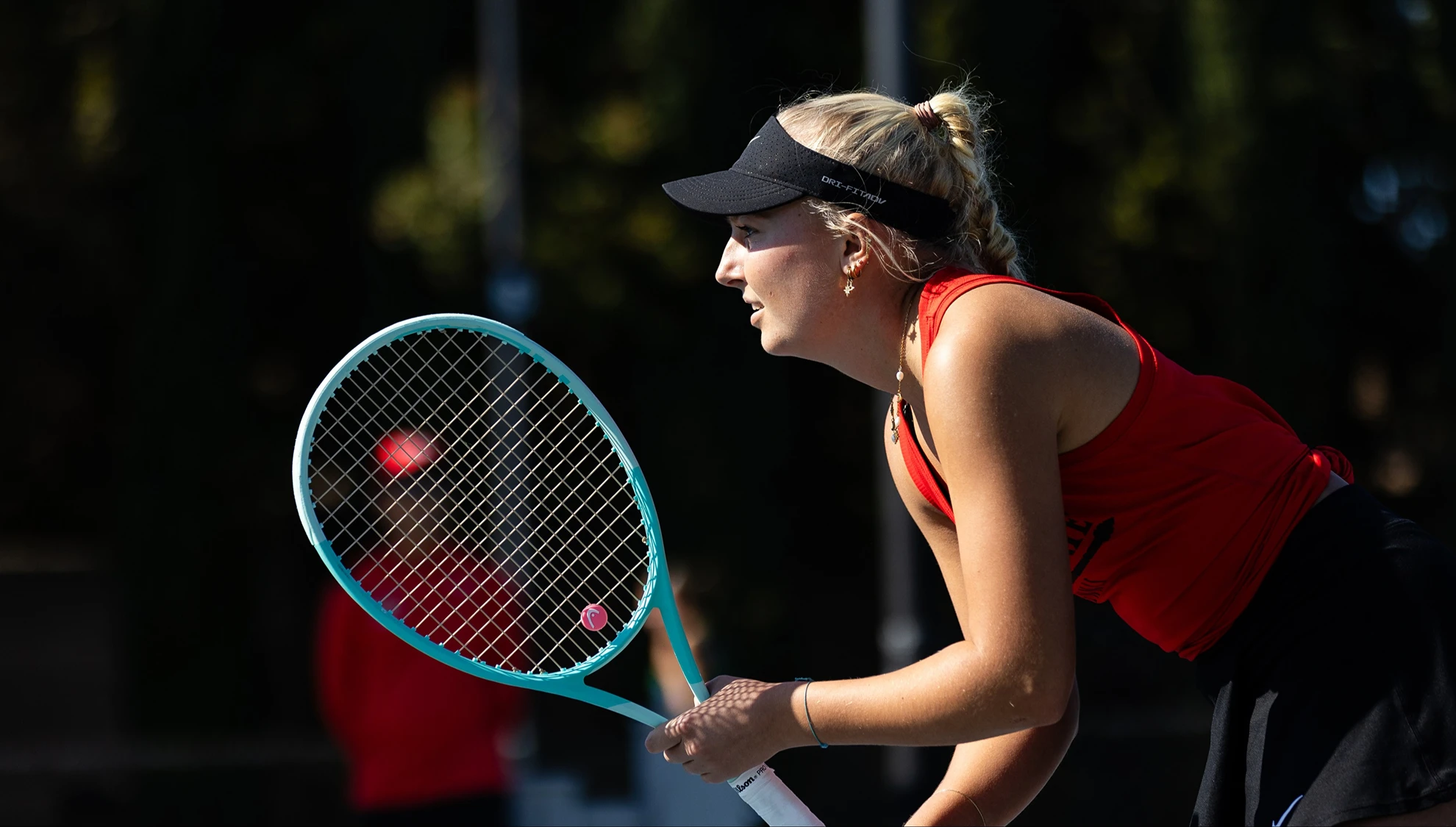Fall 2020 Mostly Virtual, SDSU Flex Solution Announced
SDSU will offer the majority of Fall 2020 courses via virtual means, following updated guidance and direction from the California State University system.

In an all campus message on May 12, San Diego State University President Adela de la Torre announced that the university would offer the majority of Fall 2020 courses via virtual means, following updated guidance and direction from the California State University system and respecting existing and projected public health orders.
“After thorough and careful assessment and feedback from faculty and staff who have shared their expertise, and following this directive from the CSU, our campus community will launch SDSU Flex,” de la Torre said.
The SDSU Flex model will offer maximum opportunities for students to remain fully engaged with their faculty, staff members, peers and SDSU alumni — no matter their physical location, de la Torre said.
“It also provides flexibility to our faculty, reducing the number of courses that may be needed to transition to fully virtual in the event of a second wave of the virus,” she said. “Our model will also provide extensive time for faculty to prepare and modify their courses for the fall, in ways that differ drastically from the emergency move this spring.”
The notice followed CSU Chancellor Timothy P. White’s announcement during the Board of Trustees meeting that all 23 campuses in the system will move forward with plans for virtual instruction, with some exceptions, for Fall 2020.
“It would be irresponsible to wait until summer to plan for virtual learning across the curriculum,” White said during the board meeting. “It is wise to plan now and over the next several months for enriched training and virtual learning environments and to be able to pull back again in the fall as in-person circumstances might be further allowed. It would be irresponsible to approach it the other way around.”
For Fall 2020, the university through the adoption of the SDSU Flex model, developed through several guiding principles, will:
- In consultation and agreement with the CSU, offer certain lab, art studio, and performance-based courses in person, including clinical offerings required for licensure, while offering lecture-based instruction via virtual modalities.
- Expand existing, customized pedagogy training for faculty members, which will also address accessibility and inclusivity, to ensure quality education. A training institute was launched for faculty earlier this morning. Faculty can learn more or sign up by visiting the Instructional Technology Services Training & Workshops site.
- Significantly expand online activities and student support service, and also maintain robust financial aid for our students.
- Carefully open the campus in phases based on the guidelines shared last week, beginning with faculty who need to return to their research or creative work in on-campus facilities.
- Continue to collaborate with county public health officials and to advocate the return of research and instructional faculty to campus as soon as permitted, and as we can safely increase support staffing to maintain campus safety.
SDSU Flex is being adopted after a spring of unprecedented change given the spread of the coronavirus (COVID-19), ultimately classified as a pandemic. Current projections indicate that a significant fall resurgence may occur. Also, a vaccine is not anticipated by August, and both public health authorities and researchers are not yet fully confident with the efficacy of any therapeutics being explored.
“Ultimately, we cannot gamble that testing and treatment will be so substantially improved by August that we may return to full or majority in-person classes, and therefore position ourselves for another large and emergency move away from campus, if required by the county or state,” de la Torre said.
SDSU Flex, she noted, was designed with the university’s campus culture in mind, “informed by our strengths in offering high-touch and high-interaction experiences among and between faculty and students. Our solution will retain or improve student-to-faculty ratios for in-person, improve high-touch advising, with virtual offerings that are both diverse and inclusive, meeting the specific needs of our students.”



